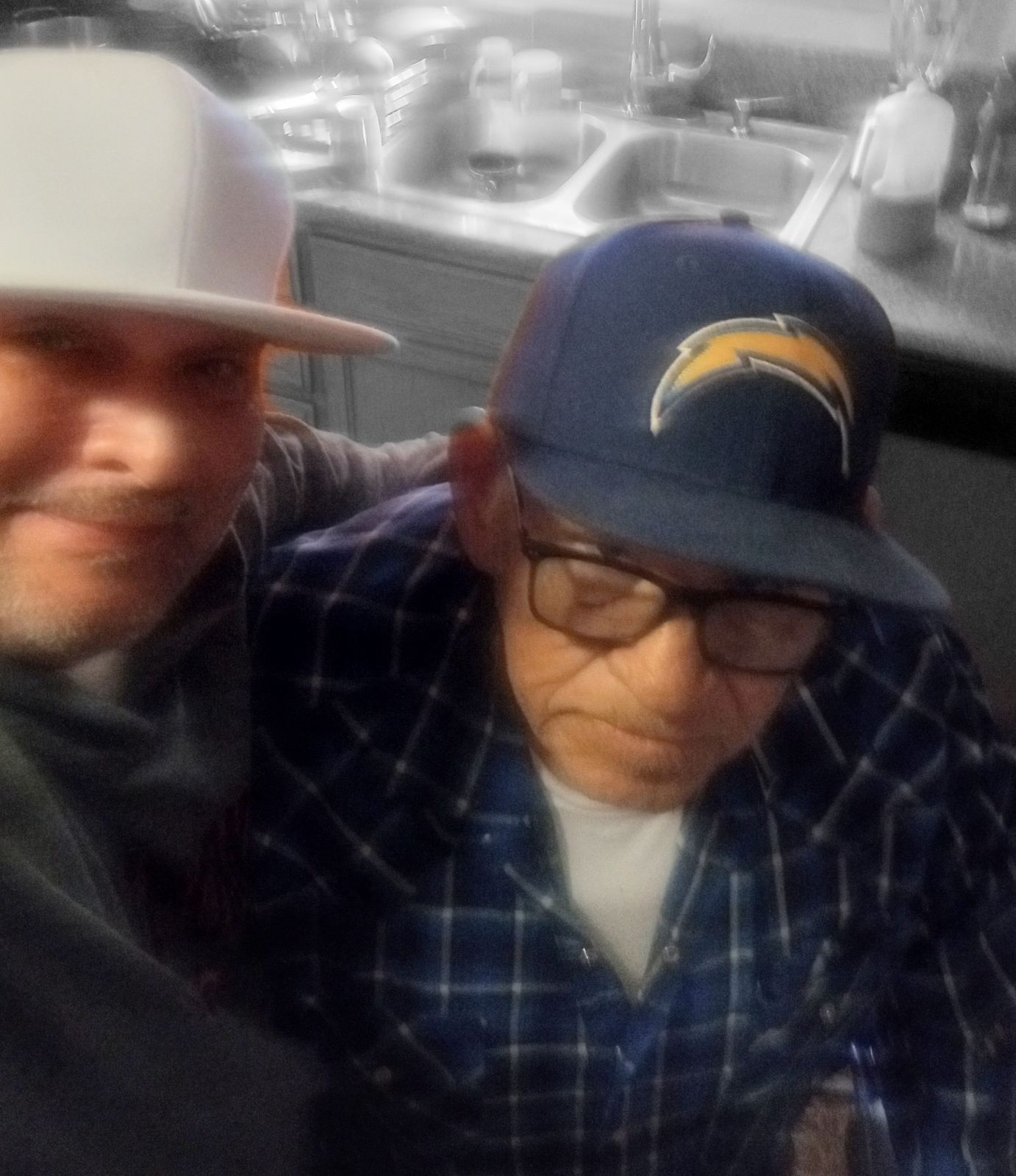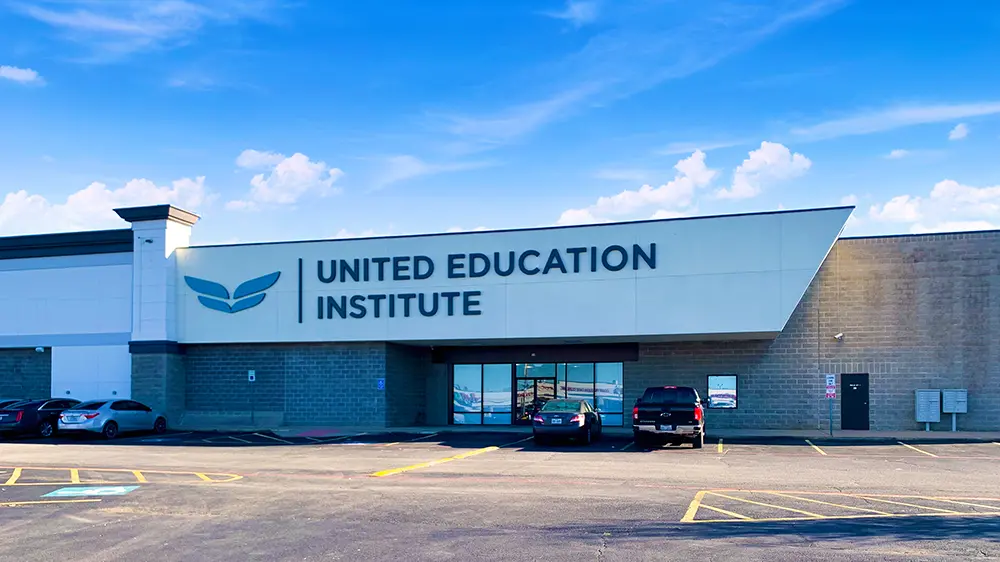Dental Assistant vs. Registered Dental Assistant (RDA)
| Update: September 04, 2024
If you have an interest in dentistry and are looking for an opportunity to take that first step toward entering the field, UEI College will provide you with a number of reasons why pursuing a career in dental assisting may be an ideal option for you. Consider enrolling in UEI’s Dental Assistant Program, which will provide you with the knowledge, skills, and hands-on training required to become a successful Dental Assistant.
Interested In Our Dental Assistant Program? CLICK HERE >
As UEI Dental Assistant graduates enter the workforce, one thing becomes increasingly clear to many of them: education within the dentistry career never stops. Not only does the field continually change based on new science, innovation, and evolving patient needs, but professional career advancement within such a highly regulated field as dentistry often requires specialized training, licensing, and certifications.
For new Dental Assistants within the State of California, one of the first times they face this reality is when they consider the pros and cons of becoming a Registered Dental Assistant, or RDA.
In this post, we’ll explore the question of what it means to earn a Registered Dental Assistant license and whether becoming an RDA may be the right career move for you. We’ll also briefly address what’s required, both in experience and training, in order to become an RDA. But, before we do that, the focus of this blog post will be to explain the difference between a Dental Assistant vs. a Registered Dental Assistant.
Dental Assistant vs. Registered Dental Assistant
The major difference between Dental Assistants and Registered Dental Assistants lies within the duties that each can perform. Typically, Registered Dental Assistants are permitted to perform a greater number of functions within a dental clinic than unregistered Dental Assistants. For example, RDAs can perform coronal polishing, whereas unregistered Dental Assistants are not. We will cover the types of tasks that each category of Dental Assistant can perform in more detail below.
That said, Dental Assistants are key members of most dentistry teams. Whether their days are spent focusing on patients or administrative duties in the clinic – for many, it’s typically a mix of both – Dental Assistants exist to help improve quality and efficiency within a practice.
In many states, including the state of California, Dental Assistants are not required to be licensed as Registered Dental Assistants. Laws exist, however, that govern conduct within the profession as well as tasks and duties Dental Assistants are allowed to perform. And, as one might expect, Dental Assistants with RDA licenses are able to legally perform a wider range of specific duties than those who are unlicensed, which may make them more marketable to potential employers.
Who oversees such licensing and regulation? In California, these responsibilities fall on the Dental Board of California, which exists under the umbrella of the Department of Consumer Affairs.
According to its homepage, the Dental Board of California licenses and regulates more than 100,000 licensees, including Dental Assistants, Registered Dental Assistants (RDAs), and Registered Dental Assistants in Extended Function (RDAEF). On top of this, the Board “has the responsibility for setting the duties and functions of unlicensed Dental Assistants,” which they do with an eye toward protecting the public.
How Can You Become a Registered Dental Assistant?
Becoming a Registered Dental Assistant (RDA) through the Dental Board of California is a multi-step process, one that involves an application process, proof of education and/or experience, the completion of a series of Board-approved courses, and testing. The entire process is outlined in detail by the Dental Board here.
To summarize, you must check each one of the following boxes in order to become licensed as an RDA:
- Graduate from a California Board-approved RDA educational program, or complete 15 months of work experience as a Dental Assistant – or a combination of each.
- Successfully complete California Board-approved courses in radiation safety and coronal polishing.
- Within 5 years of your RDA application, you must successfully complete a 2-hour Board-approved course on the California Dental Practice Act and an 8-hour Board-approved infection control course.
- Complete and pass an American Heart Association-approved course in Basic Life Support (BLS).
- Apply for licensure as a Registered Dental Assistant with the Dental Board of California.
- Pass the state combined written RDA General Law and Ethics exam.
Assuming the application is complete and all in requirements and related paperwork is in line, the application may be approved in as few as 30 days. You can visit the Dental Board of California’s “Registered Dental Assistant Applicants” page for more information.
What is the Highest Level of Dental Assistant?
This is a difficult question to answer because state code typically outlines duties, functions and licensing requirements for Dental Assistants. This means, of course, that what’s required license- and certification-wise to legally perform all possible dental assistant duties is going to vary state by state.
In California, RDAs may expand their on-the-job repertoire of duties by becoming a Registered Dental Assistant in Extended Functions (RDAEF). Based on California’s Code of Regulations, an RDAEF can perform all the duties of an RDA, plus several others including:
- Taking impressions for cast restorations, space maintainers, orthodontic appliances and occlusal guards
- Preparing enamel by etching for bonding
- Formulating indirect patterns for endodontic post and core castings
- Fitting trial endodontic filling points
- Applying pit and fissure sealants
- Removing excess cement from subgingival tooth surfaces with hand instruments
- Applying etchant for bonding restorative materials
A lot of this, of course, is jargon that those without dentistry training may not understand. However, being able to perform a wider range of tasks under the supervision of a licensed dentists can open new career opportunities for dental assistants with advancement in mind.
The training and requirements for earning an RDAEF is outlined in detail on the Dental Board of California website.





